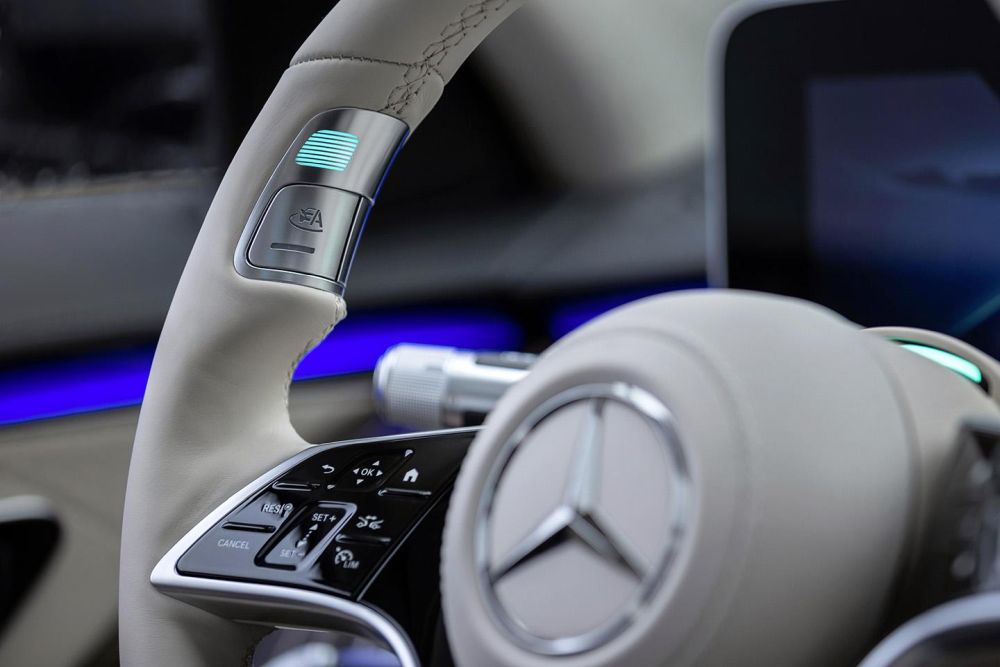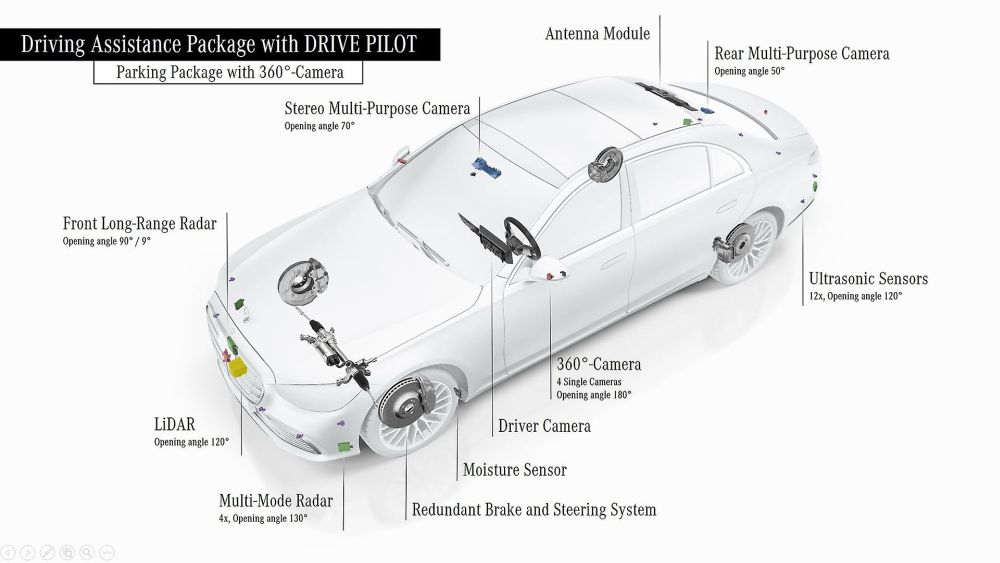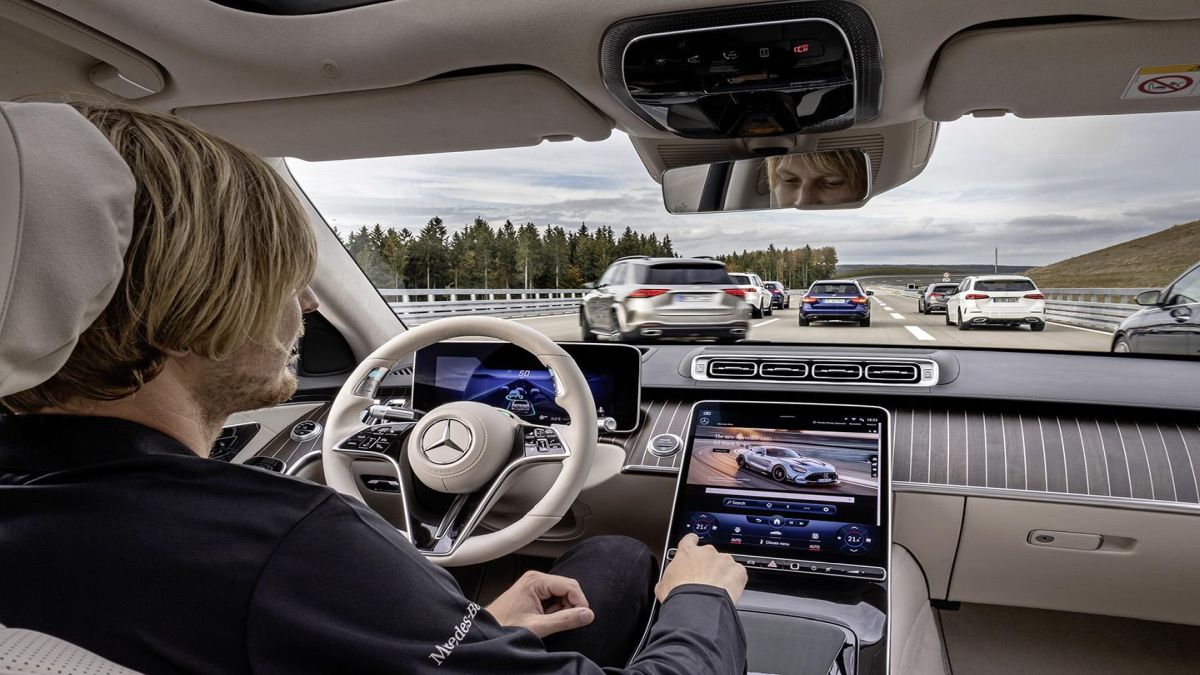Fully autonomous driving is a reality and, contrary to what one might think, it is not on a Tesla but on a Mercedes-Benz model that has the “famous” Drive Pilot system. The German company is in fact the first to launch a level 3 autonomous driving system that meets the regulation UN-R157. The system will be proposed for the first time on both S-class on both the EQS, the two cars that have obtained homologation, which can be activated via a button on the steering wheel.
So whoever buys the two Mercedes cars also choosing to integrate the new Drive Pilot system, which will be available in the first half of 2022, will be able to legally “Take your mind off the traffic and focus on some secondary aspects – as the house of the 3-pointed star explains,– or “Activities, such as communicating with colleagues via In-Car Office, surfing the Internet or relaxing while watching a movie”.
Mercedes Drive Pilot approved in Germany
All very nice, right? But there are a few things to keep in mind. First, the system it is currently only approved by the German Federal Motor Transport Authority. Germany pioneered autonomous driving by opening its own Road Traffic Act (StVG) for level 3 systems in 2017. And, to comply with the many limitations imposed, the Drive Pilot has been specially configured. It will initially be available on 13,191 kilometers of the German autobahn and only when the speed on these stretches of road will be less than 60 km / h, therefore in case of heavy traffic. In practice, Drive Pilot will manage the speed and distance of the car from other vehicles and steer the car within its lane.

Technically, the self-driving car will not be able to change lanes, but it will react to unforeseen situations and take evasive action when required, all without driver input. It will also be able to react to road signs and change its driving accordingly. However, the driver must still be ready to take control of the car within 10 seconds. If this does not happen, the system will assume that the driver is unable to drive, and as a result it will activate the hazard lights and bring the car to a controlled stop. Then it will activate itself to open doors and windows, and finally it will send an emergency call.
Mercedes already working on an upcoming version of its Drive Pilot
The Drive Pilot system is obviously based on a series of sensors that allow the current levels of assisted driving, but in addition it uses the LiDAR to ‘see’ what surrounds him. A camera in the rear window and microphones take care of monitoring approaching vehicles, and a “humidity” sensor in the wheel arch constantly monitors road conditions. Also, Drive Pilot check the position of the car using a high precision GPS which works in centimeters instead of the usual meters.
In addition to real-time information from its sensors, the car also has access to a 3D map stored in a data center. This is constantly updated and provides the car with a reference image of the road geometry, route profile, road signs and events that can be found along the route, such as traffic, accidents and road works.
This is a safety device that stops sudden “blindness” in case a sensor fails, or the cameras are blocked by dirt or shadows. In addition, Drive Pilot has redundancy integrated into its systems, namely the steering, braking and on-board electrical systems. This technology keeps it maneuverable even if one of these systems fails.

But how will Drive Pilot evolve in the future? The Special Interest Groups (SIGs) at the United Nations are already working to try to get the next phase of the regulations approved. Potentially, this could mean that by the end of 2023 the speed at which the system operates will have increased to 120 km / h, but on condition that the car can change lanes and find refuge in an emergency lane or on a pitch by itself. So, yes, we are officially a step into this new world of driverless driving, certainly very brave. But there are many more steps to take and many problems that need to be solved along the way in order to finally see it working on (luxury) cars.
















Leave a Reply
View Comments